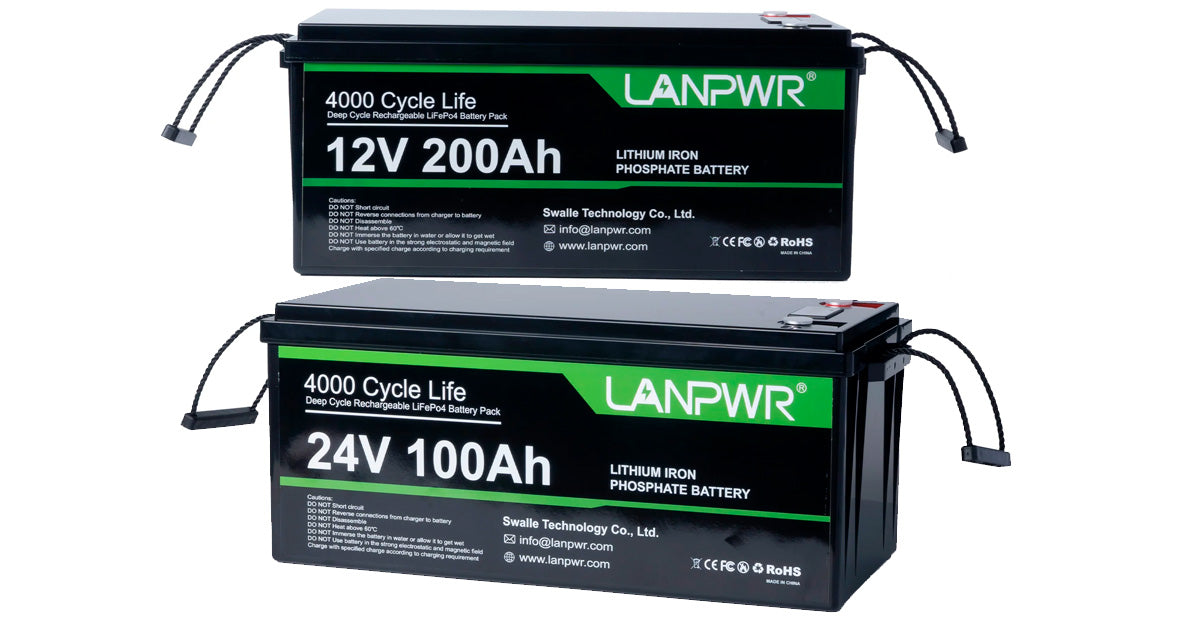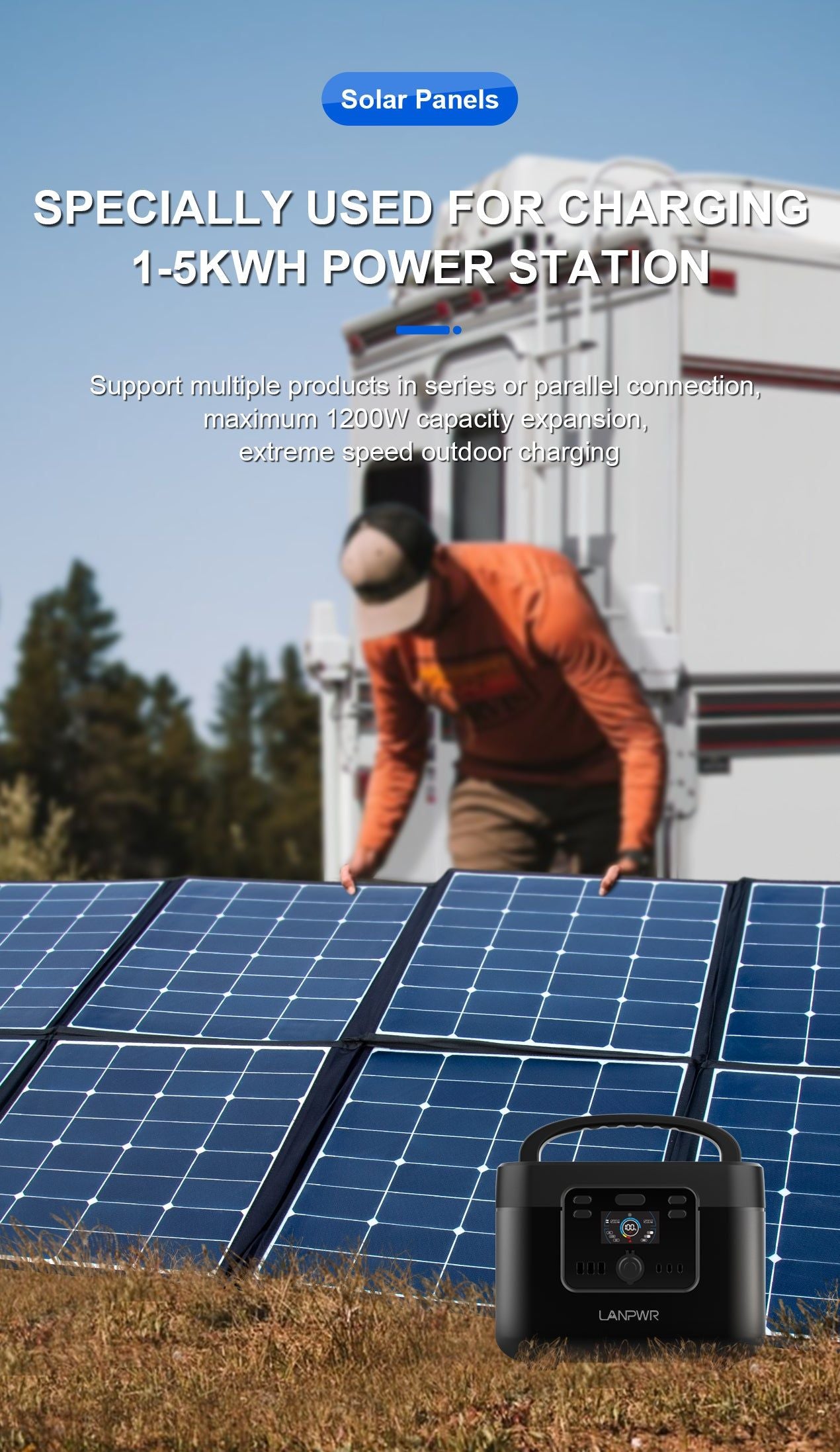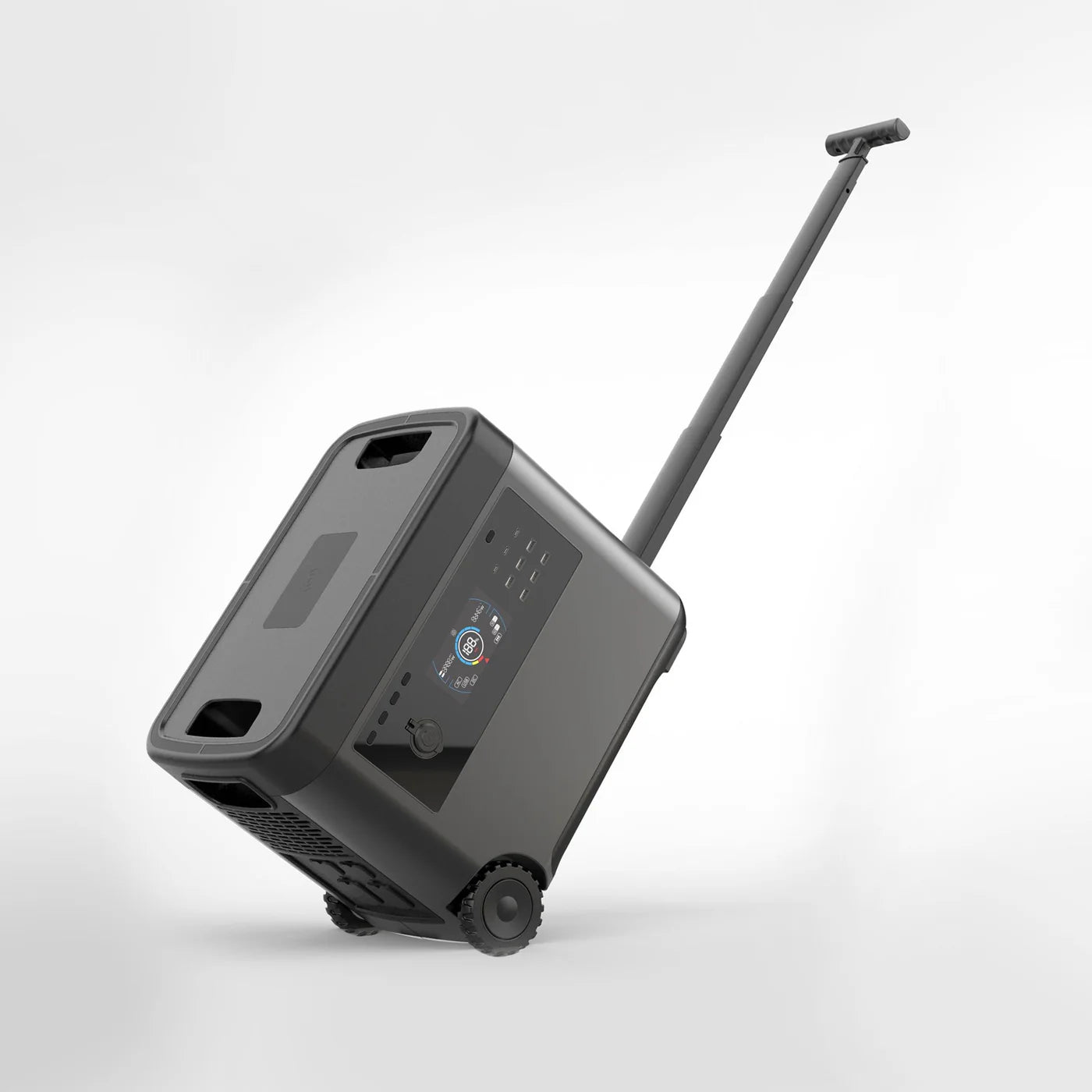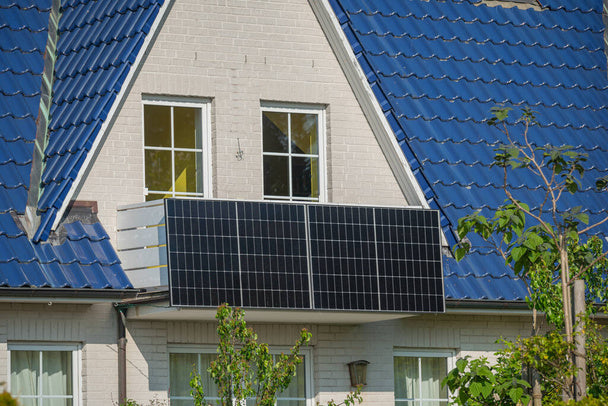The need for a reliable power source on the move grows every new day. Portable power stations are the flexible and handy go-to approach in delivering electric power in many and, therefore, generally diverse applications including recreation activities and emergency backup. Let's find out the benefits of portable power stations and why battery capacity means a lot in a decision about purchasing a portable power station.
Benefits of Portable Power Stations
Portability and Convenience
Portable power stations like the ones from Lanpwr are designed in a manner that makes handling and transportation easy. As such, they are proven for use in different places. From camping, hiking, or picnicking to simply having fun outdoors, and facing a power outage in your home, this makes power stations a convenient and accessible source of electricity.
Versatile
Portable power stations have different output ports, like the AC outlet, USB ports, and DC carports. Therefore, you can charge and power as many devices at a go. They are versatile not only in terms of the number of devices that can be charged or powered but also in diversity: from smartphones and laptops to cameras, medical equipment, and even small appliances.
Going Green
Most of the portable power stations can be directly charged using solar panels. The power can be considered green since there will be a reduction in the use of fossil fuels and a reduction in environmental degradation otherwise related to conventional gasoline-powered generators. Solar charging is a quiet, emission-free solution.
Safe and User-Friendly
Portable power stations are guaranteed to be safe in use. They have overcharge protection, short-circuit protection, and temperature control, which overall ensures the safety of the user in their use. In addition, they are user-friendly, have been designed with friendly interfaces, and have easily readable displays showing the battery status and power usage.
Silent Operation
In contrast to regular generators, portable power stations operate quietly, thus compatible with noise-sensitive environments such as campsites and homes without disturbing others, even when operating during nighttime. Silent operation enhances the user experience and does not inconvenience others around.
Reliable Backup Power
Portable power stations provide reliable backup power in case of an emergency, which could potentially lead to a power blackout. This means that, in the least cases, vital appliances and gadgets, such as medical equipment, communication devices, and lighting, will remain in operation when most needed.
Battery Capacity of Portable Power Stations
Determining Battery Capacity
Battery capacity generally is the energy capacity of a battery, measured in watt-hours. It represents the amount of time that a portable power station is capable of delivering power before it needs recharging. For instance, a power station with a battery capacity of 500Wh can deliver 500 watts for one hour and 100 watts for five hours.
Capacity Considerations
-
Device Power Requirements
When purchasing a portable power station, it is key to identify the devices you will want the power station to be recharging or having enough power to run. Identify the aggregate wattage that will be drawn from all your devices when working at the same time. Find and ensure that the power station's battery capacity and output can take this kind of load. - Duration Use
How Long do you need to power your devices without rechargingFor longer outdoor use or long power cuts, you need a power station with more battery capacity.
-
Recharging Time
The recharging time of a portable power station is dependent on the battery capacity and source power of the recharging. That means more battery capacity equals a larger charge to be filled and discharged, meaning thereby a longer recharge time, especially with the employment of solar panels and other low-output recharging. Knowledge of the recharge time helps one to plan and ensure that the power station is ready to be used at all times. -
Weight and Portability
A larger battery capacity means a greater amount of power, but that is also generally heavy weight on the power station. Normally, the user needs their battery capacity to be balanced with portability. A person who has problems moving around with a weighty device will opt for a lighter one that is very portable. -
Battery Life
The battery life is another considerable factor. It describes the number of charge and discharge cycles that a battery can withstand before its capacity starts deteriorating significantly. Higher-capacity batteries often have longer life spans. But be sure to check the manufacturer's specifications as well as user reviews to ensure this.
How to Choose the Right Battery Capacity for Your Portable Power Station
To know how to pick the right battery capacity for your portable power station, do the following:
-
List Your Devices
List the devices that you will be powering or charging from your portable power station. The power requirements of individual devices are written in watts. -
Add Up Power Requirements
Sum the power requirements of all the devices to know the aggregate wattage you need out of the power station.
Determine how long you need to use the power station for one charging
This will help you to know your battery capacity. Multiply total wattage by the estimated usage duration to get the required battery capacity in watt-hours.
-
Allow For Efficiency Losses
Take into account the following efficiency losses in the power stations (typically around 10-15%). Add this percentage to your calculated capacity to be on the safe side and ensure that the power supply is sufficient. -
Portability
Check or balance your requirement for battery capacity with your need for portability for intended use. Settle for a model that is not too heavy and bulky but does not scrimp on providing the amount of power you need to supply.
A Sample Calculation
The following appliances will be needed for use during a camping weekend:
Smartphone, 10W for 5 hours
Laptop, 50W for 3 hours
LED lantern, 5 W for 10 hours
In this case, your power requirement is:
10 watts x 5 hours = 50Wh;
50 watts x 3 hours = 150Wh;
5 watts x 10 hours = 50Wh.
Total then is 50Wh + 150Wh + 50Wh = 250Wh
To give way for efficiency losses at 15%:
250Wh x 1.15 = 287.5Wh
Thus in this example, you would need a portable power station with at least 300Wh battery capacity.
Summary,
Portable power stations are versatile, convenient, and environment-friendly in providing electricity on the go. Thus, they are invaluable equipment in a wide variety of applications related to outdoor activities, emergency backup power, and ensuring the uninterrupted and smooth operation of electronic devices. Battery capacity is one of the most critical factors that you need to consider when choosing a portable power station. You need to determine your power needs and estimate the amount of power you need to use and then set that against the balance between portability and capacity you are comfortable with in the power station that you will be buying. Investing in the right portable power station secures you a reliable and convenient power source to get the work done, without worries, anywhere and at any time














Leave a comment
This site is protected by hCaptcha and the hCaptcha Privacy Policy and Terms of Service apply.